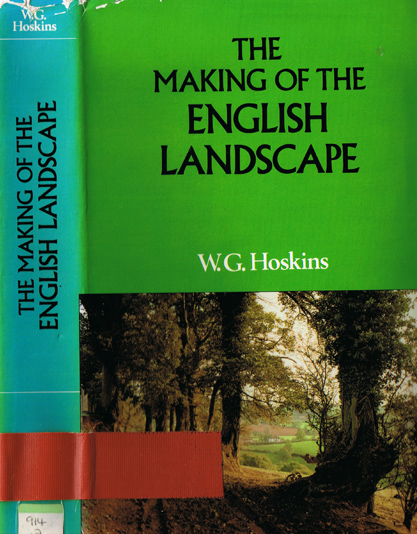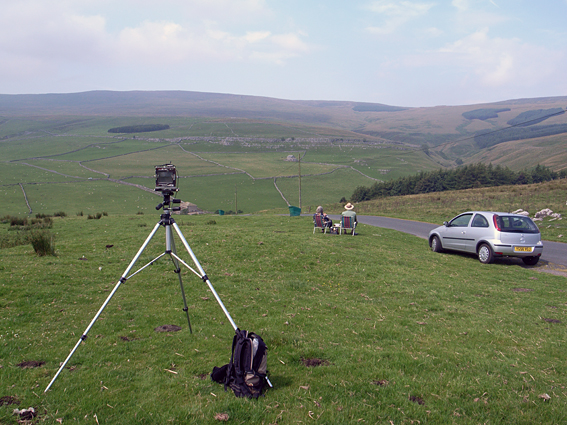AN UNALTERED LANDSCAPE
August 4th, 2008 adminIt’s not often that you come across a landscape, urban or rural, that is virtually unchanged in half a century.
On driving from Malham to Arncliffe, a road which cuts through the picturesque limestone landscape of the South Pennines in the Yorkshire Moors, I came across Les and Doreen Barnett sat on deck chairs looking out over the hills while enjoying a sandwich and flask of tea. Les, who is founder and president of both the Bradford Urban Wildlife Group and Bradford Botany Group, told me that he and Doreen had been coming to admire this view for nearly 50 years. In that time, all that’s changed is a new tractor on the farm and the unwelcome arrival of several roadside salt bins. Traffic is heavier at the weekends, so they only come on a weekday morning.
As W.G.Hoskins writes in his classic text The Making of the English Landscape (1955), “not much of England, even in its more withdrawn, inhuman places, has escaped being altered by man in some subtle way or other, however untouched we fancy it is at first sight.”

Three influences shape landscape- geology, climate and mankind. The origins of the early industrial revolution are to be found in the South Penines, an area which takes in parts of Bradford, Calderdale, Craven and Kirklees in Yorkshire and Burnley, Oldham, Rochdale and Lancashire County Council. These places bear witness to one of the greatest leap forward man has ever made: the Industrial Revolution. This is a cultural landscape unique in England.
While the 19th Century transformed the region – wool in Yorkshire, cotton in Lancashire, textile wealth that powered the Victorian Age and the British Empire – much of this area is still untouched. The Yorkshire Moors are steeply cut by wooded valleys and a patchwork of hamlets and fields. Acid soils on impervious gritstone rock make the moors a tough but beautiful natural environment. Below the rough grazing of the moor, a distinctive lattice of 18th century drystone walls mark out the ‘in bye’ land: winter pasture for lambing and summer moving meadows for silage and hay.


